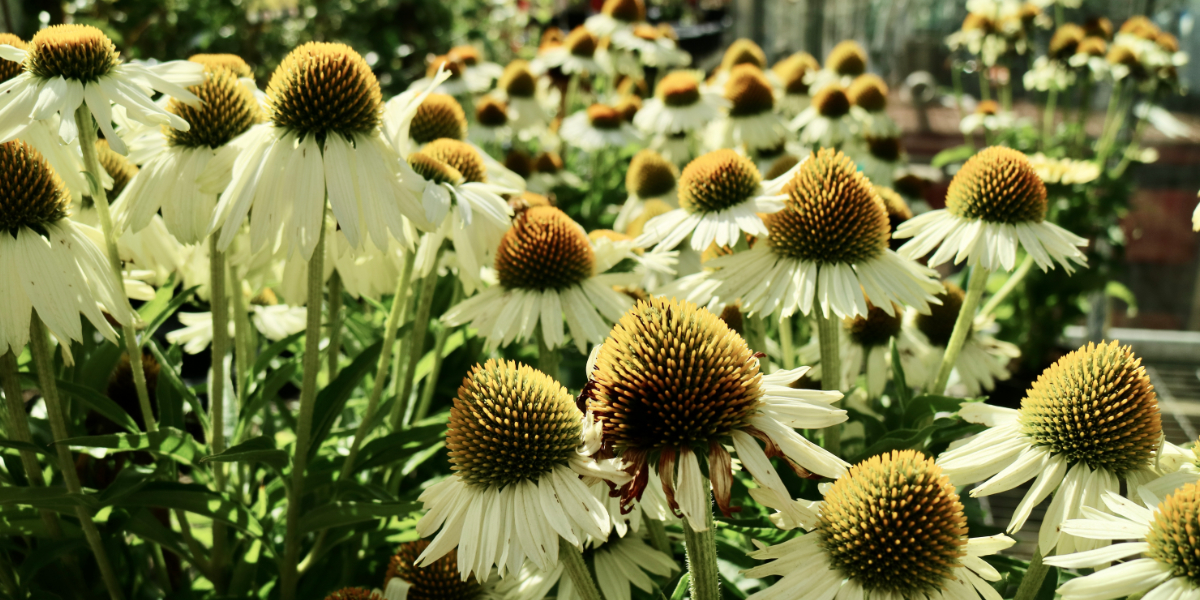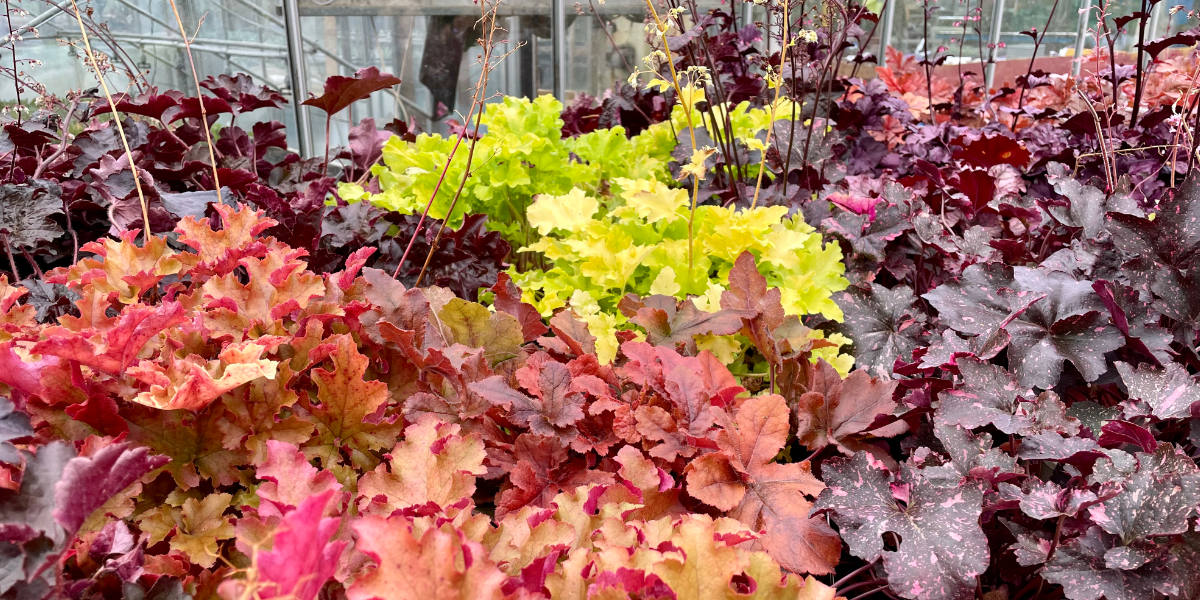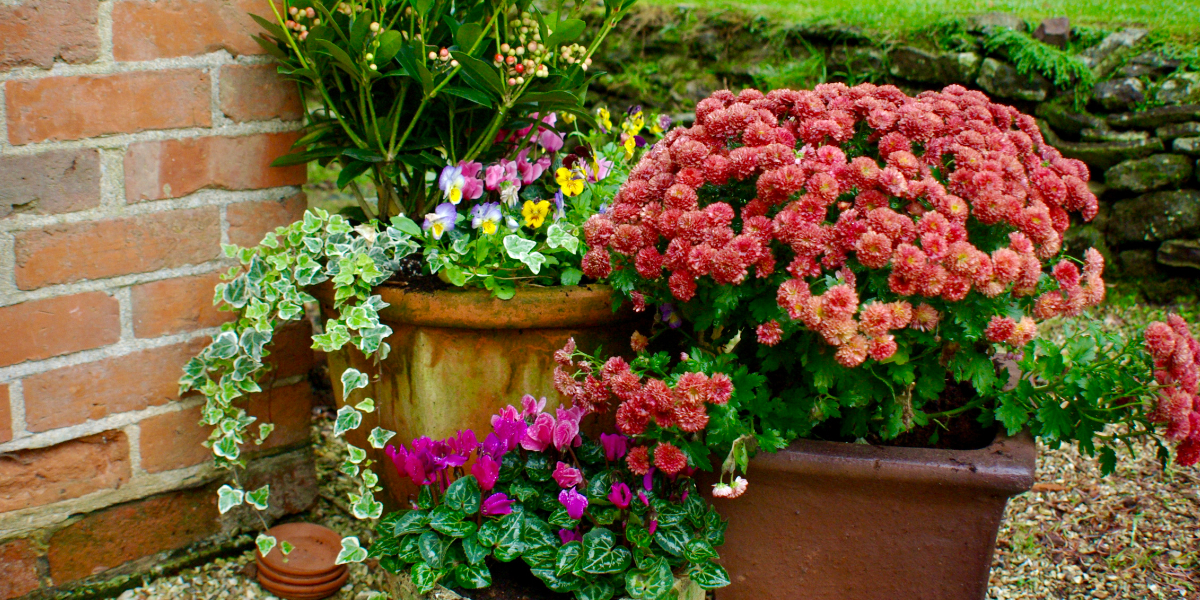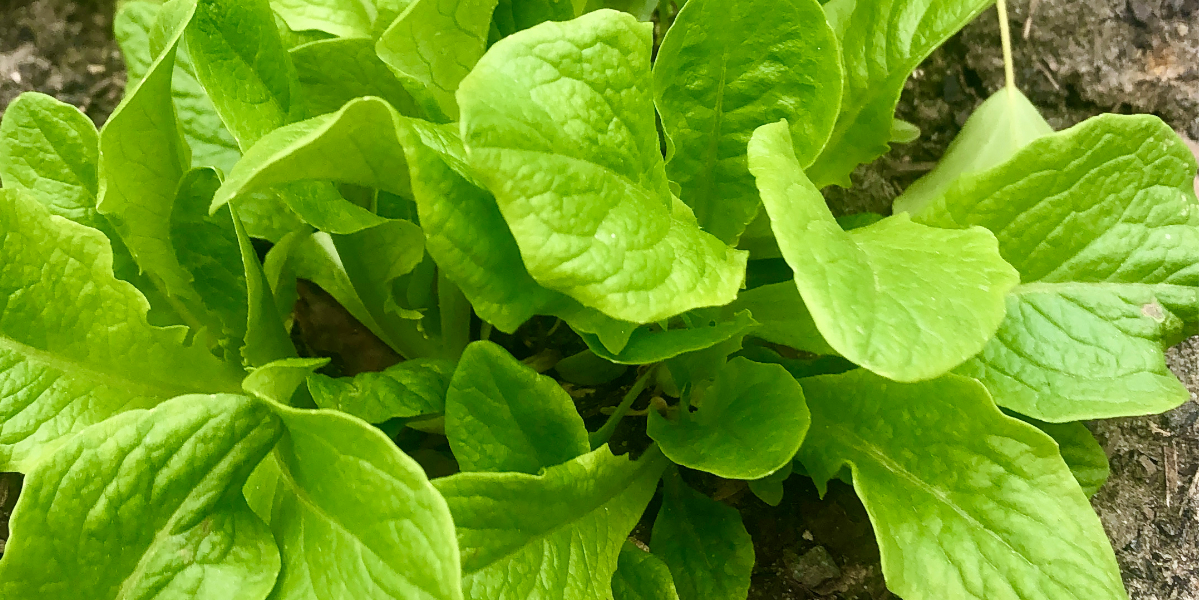September Jobs
 Now the nights are starting to draw in with the Summer Solstice is far behind us and the joy of keeping things ticking over is swiftly building in to a mounting list of jobs. Here is a quick guide on to what to do to keep your garden looking and producing through this month and readying it for the Autumn and Winter to come.
Now the nights are starting to draw in with the Summer Solstice is far behind us and the joy of keeping things ticking over is swiftly building in to a mounting list of jobs. Here is a quick guide on to what to do to keep your garden looking and producing through this month and readying it for the Autumn and Winter to come.
Jobs to do in the flowerbeds.
Weeding.
No matter what you do you will never get away from the fact that there will always be that persistent patch of Oxalis, Dandelion or Bindweed in the wrong place. We strongly advise you to steer clear chemicals in your garden.
Try to get your weeds out before they set seed then mulch immediately with an organic covering such as this Organic Garden Compost or Sylvagrow’s Farmyard Manure. To keep the cost down things like the emptying of your well rotted kitchen compost bin or if you are lucky enough to have chickens the straw from their house works extremely well. In difficult spots like gravel and between paving slabs we find great success with weed burners, (a lot like a plumbers blowtorch) you will have to be a little careful you don’t mark any expensive slabs but it is unsurprisingly enjoyable to burn thistle seedlings to ashes.
Dividing
This is the month for dividing perennials and moving them to less congested parts of your garden (or occasionally finding willing friends to take them of your hands.)
The best way to do this is to dig out your plant ensuring you take as much of the rootball you can, give it a bit of a shake to loosen the worst of the loose soil around the roots. Then, you can abssolouloutly gently tease out every root, but honestly, plants really are quite tough. Just give it s a good shake, maybe even a little kick. Place it on the ground and with a clean spade chop it straight down the middle starting at the crown of the plant, try and do this in one or two ‘stomps’, this will give you the best result with a good clean edge as apposed to a jagged and tatty edge. You may find it best to split really big plants in to three or even four sections, if you have not done this in a long time it may split in to even more.
The plants you want to divide have either rhizomes, tubers, corms or clumping roots. If you are ever worried that the plant you are looking to divide isn’t one that wants the chop look at wether it’s a bit of a thug taking space from your other plants or if there is a bald patch in the middle of your plant where the old centre has died off leaving a bald patch quickly filling with weeds.
This is our top 10 perennials to check if they need dividing.
- Nepeta
- Iris
- Hosta
- Monada
- Heuchera
- Phlox
- Asters
- Stipa
- Carex
- Hemerocallis
Some plants prefer dividing in the spring as they are still going come September like most ferns, rudbeckia and sedums for example.
 Pruning
Pruning
Mostly it is trimming in September lightly shape plants like Abelia and shrubby Lonicera to keep them in check before Autumn really sets in and your pruning and mulching list becomes too long for you to get around to it and the whether too cold.
There are however a few exceptions to this rule.
Training and pruning some of your climbers now is a good idea giving them an attractive shape for the Winter. The deciduous climbing Lonicera’s are best pruned now by cutting it down by at least half. Don’t worry, you won’t kill it! Common honeysuckle especially is almost impossible to kill and by giving it a brutal chop in early September or even late August you can ensure some shoots come back before the frosts come in October. Passiflora is ready now to be trained and tied in carefully leading it across its support. If your Passion Flower is old and no longer as beautiful as was I do not recommend to try and chop it back in hopes of regrowth, it never really works. Just pop out and buy a new one to replace it. One thing to remember with Passiflora is to look out for Vine Weevil grubs!
Now is a great time to get arms deep in to your rambling and climbing roses, pruning them back and tieing them in to create a solid framework for the next years growth. Ensure you remove any suckers down to the root and scrape any fallen leaves from the plant its self from around the base to reduce chance of decease. Spread some mulch around the bottom of the plant to finish off.
Planting
Bulbs & seasonal planting.
September is the time garden centres start to get their bulbs in. Generally garden centres want to get them sold by the end of October so Christmas decorations can be put in their place, luckily you will never see a plastic Santa gracing our sales shelves. Nevertheless, September is an excellent time to buy your bulbs and formulate a plan, but most want to be planted in October and November.
Having said that, you can layer any spring flowering bulbs underneath autumn and winter bedding in your seasonal flowerpots when you plant them up.
I am a big lover of violas as they seem to keep their delicate faces held up regardless of how wet it may be, they take a little break around January, however as it slowly starts to warm up again they start to produce the masses delicate edible flowers we love.
Here’s my top plants for Autumn and Winter interest:
- Huchera
- Taxus/Buxus
- Viola
- Wallflowers
- Ajuga
- Cyclamen
- Sempervirens
- Miscanthus
- Ilex
- Heather
 Sowing and Potting
Sowing and Potting
In areas you are unlikely to disturb until Spring is fully sprung sow hardy annuals in to the ground now and they will come pop up nice and early to surprise you.
Try these varieties:
- Calendula ‘Sunset Buff’
- Viola ‘Phantom’
- Papava somniferum ‘Summer Blaze’
- Centurea ‘Polkd Dot Mixed’
- Briza maxima
Cover and protect
If you like to overwinter your Geraniums and Pelargoniums bring them in to your conservatory or heated greenhouse to keep warm, this is a great time to re-pot and cut back any dead stems.
If you grow the larger Begonias, for instance B. x hybrida, B. Namur, B. Masoniana they make excellent houseplants in the Winter. Bring them in to your house or heated greenhouse and repot where necessary. They will make great bold leafed houseplants until the frosts are over and they can go back outside.
Pests
September onwards is the time vine weevil grubs become active feeding on the roots of your plants. Treat with “Nemasys Vine Weevil Killer”, a biological control where a nematode, Steinernema Kraussei, is released and seeks out the vine weevil grubs, invades them, multiplying within the grub and killing it upon which it is re released and they goes out in search of more grubs. This is completely safe for the whole family, wildlife and even earth worms, beetles and other bugs.
Rosemary Bug Larva could be an issue, however they are very unlikely to in fact cause any great problems at all. You may notice the odd notch taken out of a few leaves of the herbs related to rosemary. It’s one of those cases where we actually recommend for you to do nothing, instead try and encourage more wildlife in to your garden so they can help you to control the pest for.
Veg
You’ll hopefully still be harvesting bucket-loads of veg from your garden, however as the nights start to draw in you will find the crops start to dwindle. Do simple tidying jobs and keep on top of your beds by mulching as you do final harvests and clear. We’re not fan’s of digging here so instead cut plants down to the very base and mulch so as to maintain the soils integrity. This being said you will have to do the great potato hunt for the last few lurking in the bed otherwise by spring you will be overloaded with potato plants popping up all over the bed.
Veg that warrants sowing this month:
- Sow in rows directly in to your vegetable patch Broad Beans and Hardy Peas. There are a few hardy dwarf varieties that you can sow in deep drills that will survive the cold well and will be harvestable extremely early. In extreme cold just pop a closh over the top of the Peas to give them a little extra shelter. I prefer to sow Dwarf Broad Beans at this time as my patch can become quite windy in the early months.
- Sow in rows directly in to your vegetable patch leafy vegetables such as another batch of Winter Lettuces if you did some in August and any Winter salads you might want to use like Giant Red Mustard, Rocket and Mizuna. These will do well now and in to the Winter as seasonal pests such as Flea Beatle shouldn’t be a problem. Remember to thin the rows as they germinate.
- Sow Coriander! Yes, sow this mediterranean herb that makes you think of the sun now. Funnily enough Coriander actually really quite likes it cold, if you sow in rows directly in to the ground now while the soil is still warm enough for it to germinate you can have it successfully harvesting through until the Spring.
